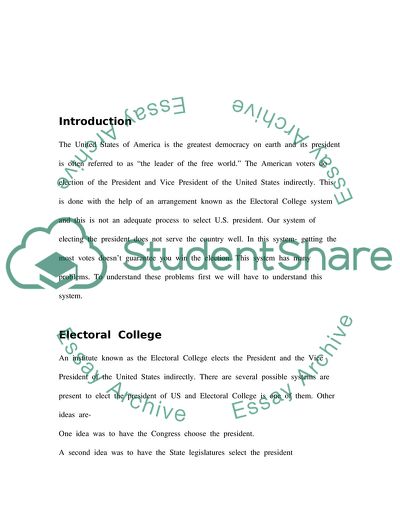Cite this document
(The System of Electing the President Term Paper, n.d.)
The System of Electing the President Term Paper. Retrieved from https://studentshare.org/politics/1710194-the-electoral-college-is-not-an-adequate-method-to-select-our-usa-presidents
The System of Electing the President Term Paper. Retrieved from https://studentshare.org/politics/1710194-the-electoral-college-is-not-an-adequate-method-to-select-our-usa-presidents
(The System of Electing the President Term Paper)
The System of Electing the President Term Paper. https://studentshare.org/politics/1710194-the-electoral-college-is-not-an-adequate-method-to-select-our-usa-presidents.
The System of Electing the President Term Paper. https://studentshare.org/politics/1710194-the-electoral-college-is-not-an-adequate-method-to-select-our-usa-presidents.
“The System of Electing the President Term Paper”. https://studentshare.org/politics/1710194-the-electoral-college-is-not-an-adequate-method-to-select-our-usa-presidents.


